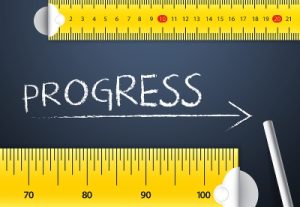
The latest Federal Information Technology Acquisition Reform Act (FITARA) scorecard, released in September, showed dramatic improvements in the progress agencies have made towards meeting IT modernization goals. The overall grades of 18 of the 24 tracked agencies increased, while grades for the remaining six agencies were unchanged. Per the scorecard,13 agencies now have an overall 'A,' 10 have a 'B,' and only one agency--the Energy Department--has a grade of 'C.' The Department of Health and Human Services and the Department of State showed the greatest improvements, with both agencies' grades moving from 'D's to 'A's.
The grading categories, unchanged from the previous report, measured agency CIO authority enhancements; CIO investment evaluation; cloud computing; modernizing government technology; cybersecurity; and progress transitioning from legacy contracts to the GSA's newer Enterprise Information Solutions (EIS) contract. Improvements in the categories of cloud computing, cybersecurity, and EIS transition contributed to higher scores. Continue reading







